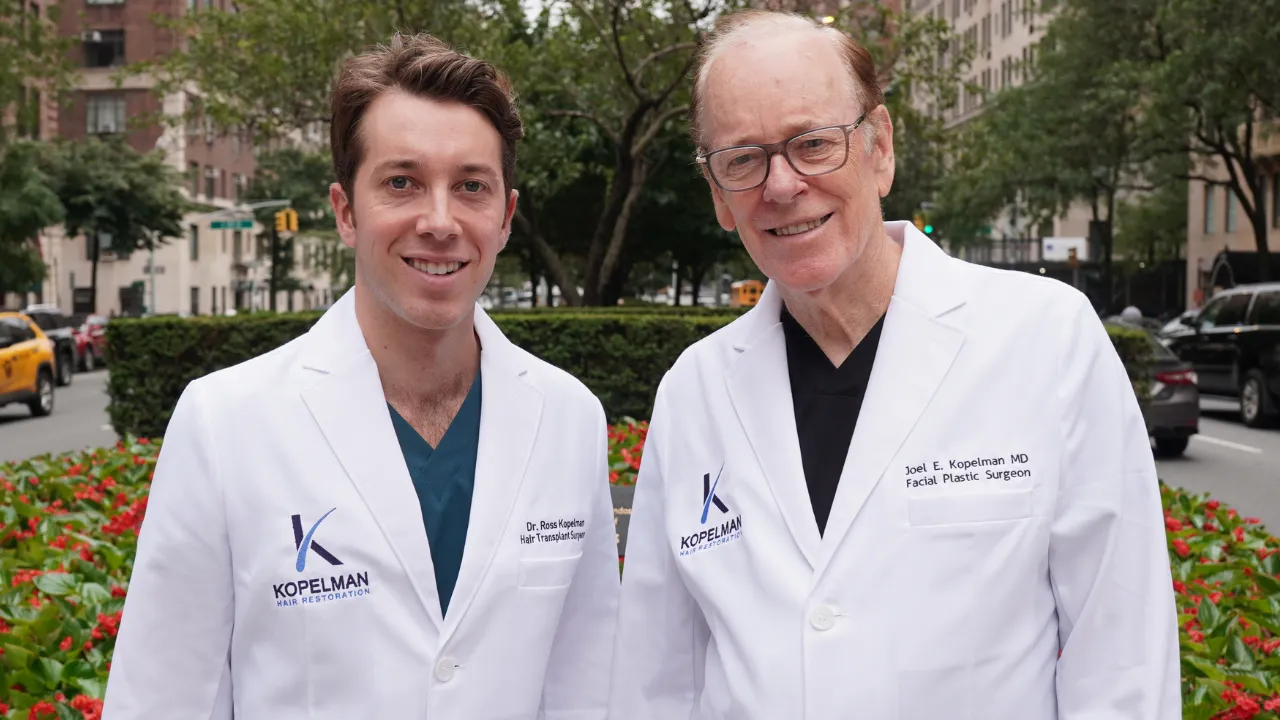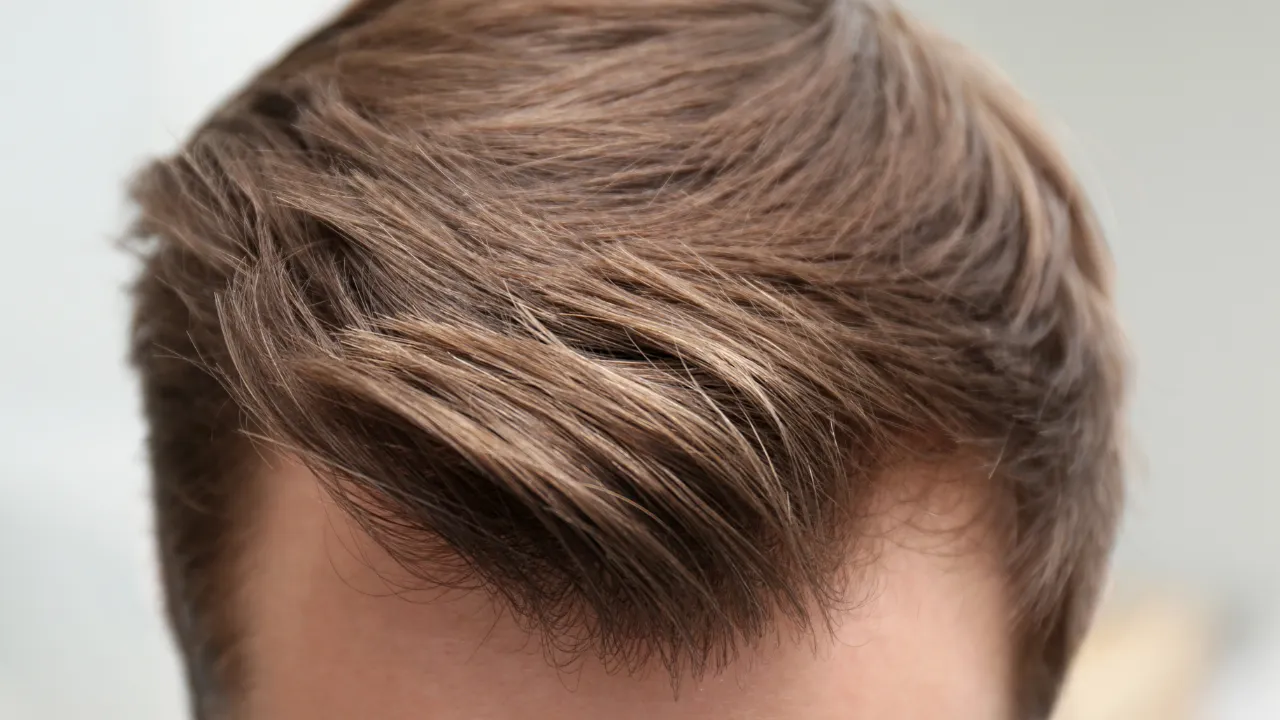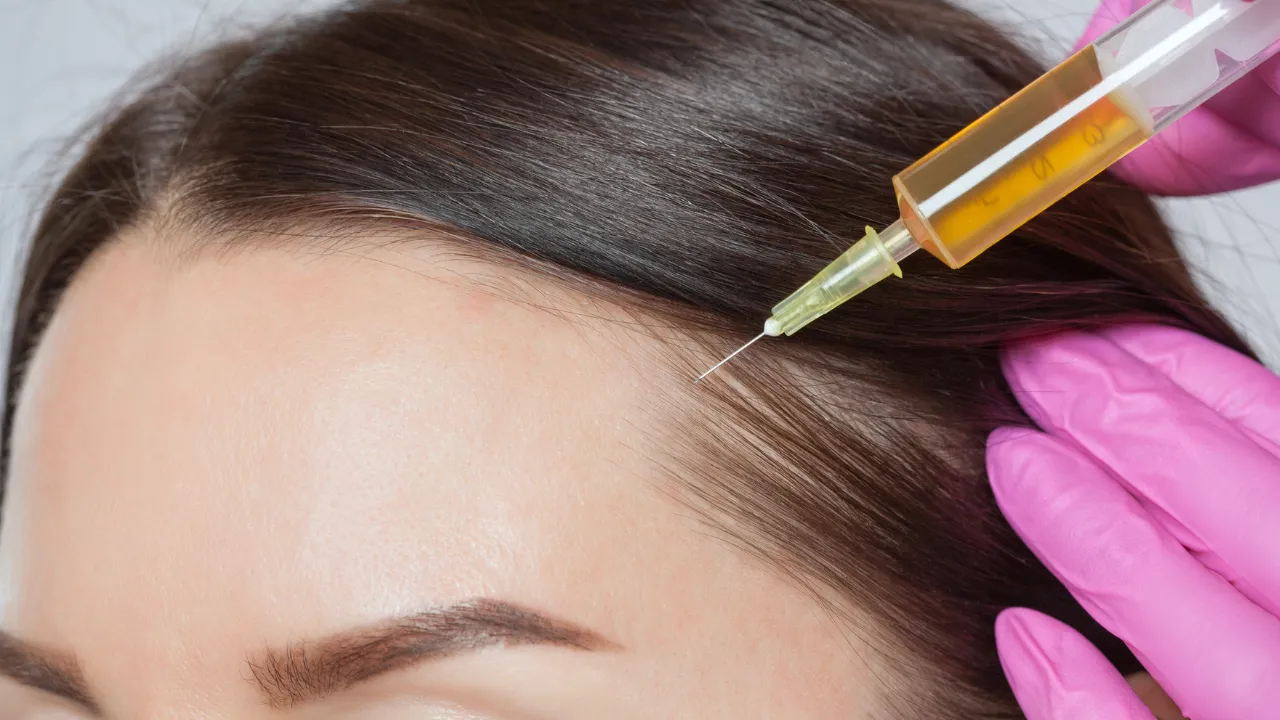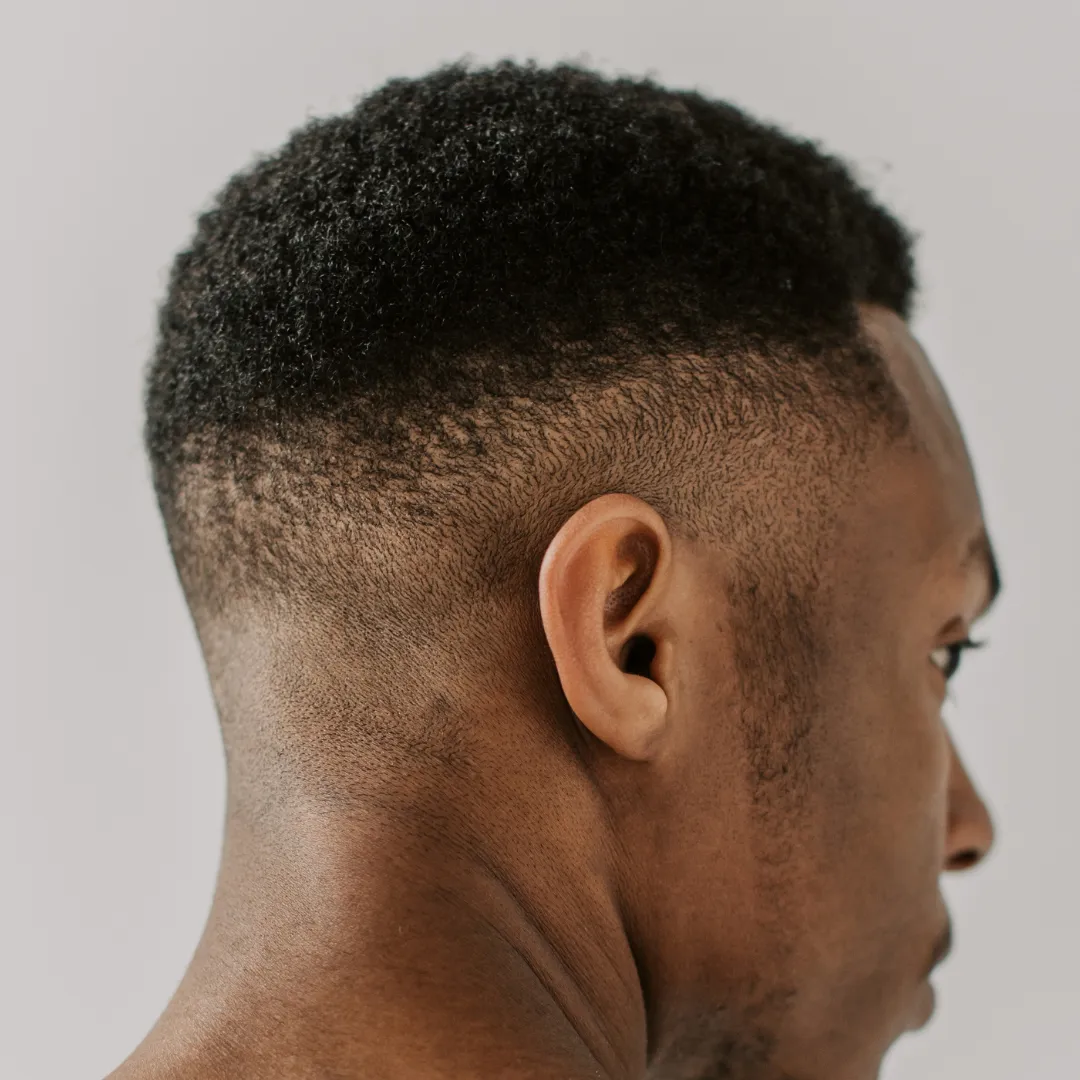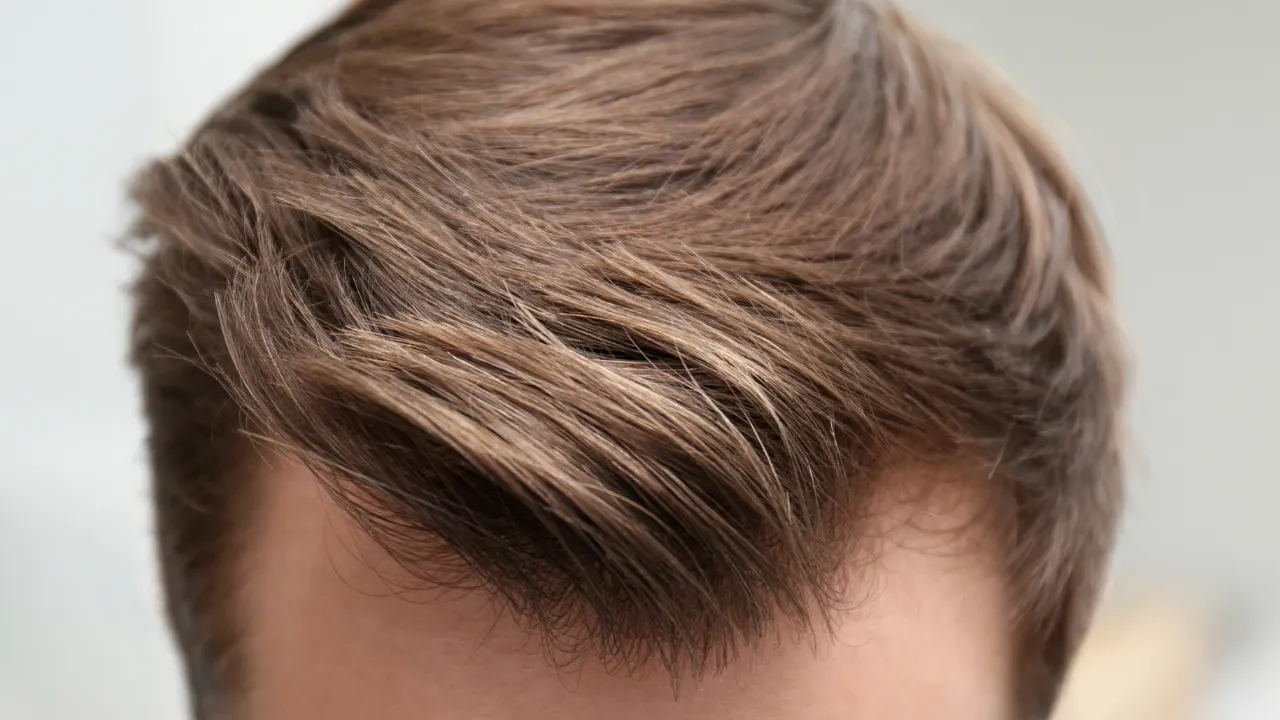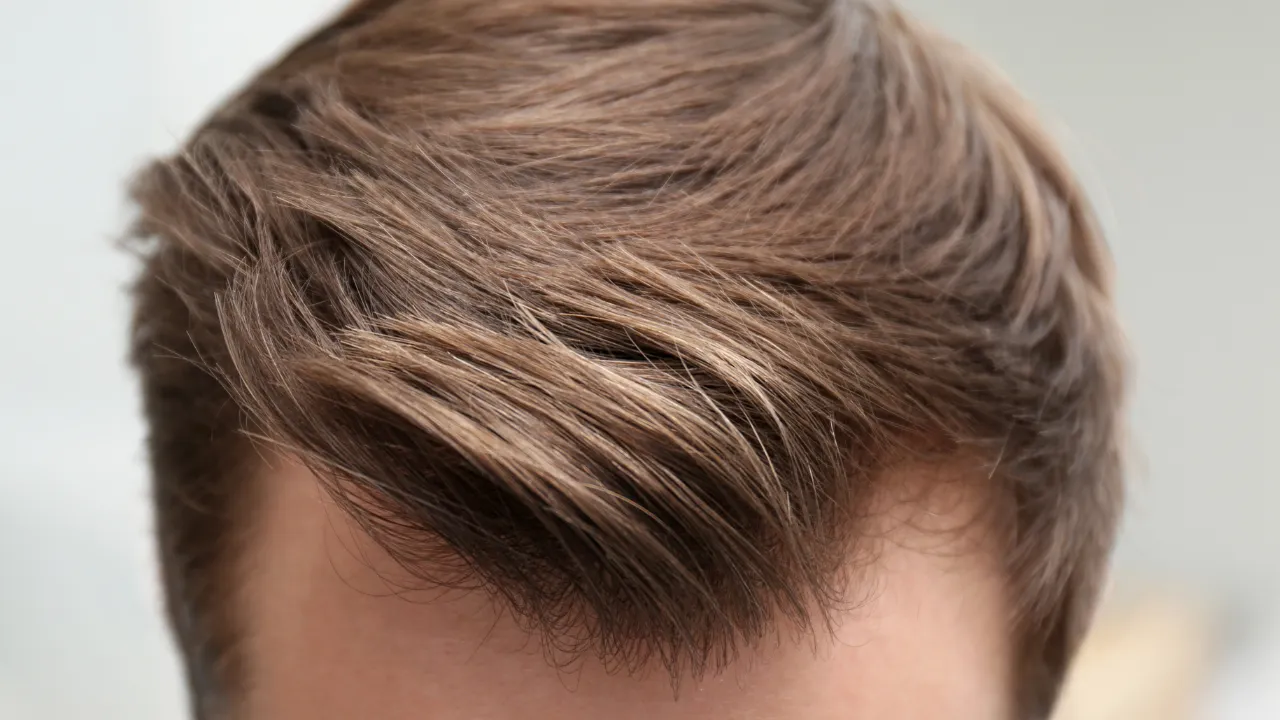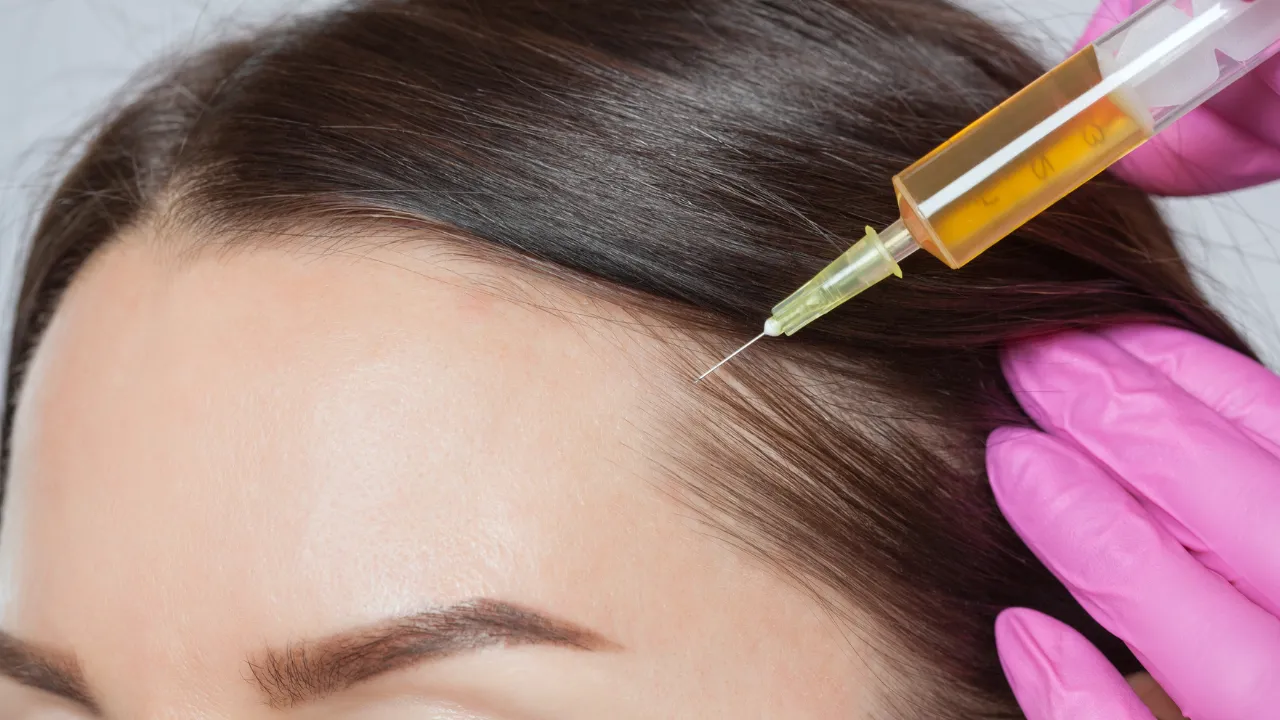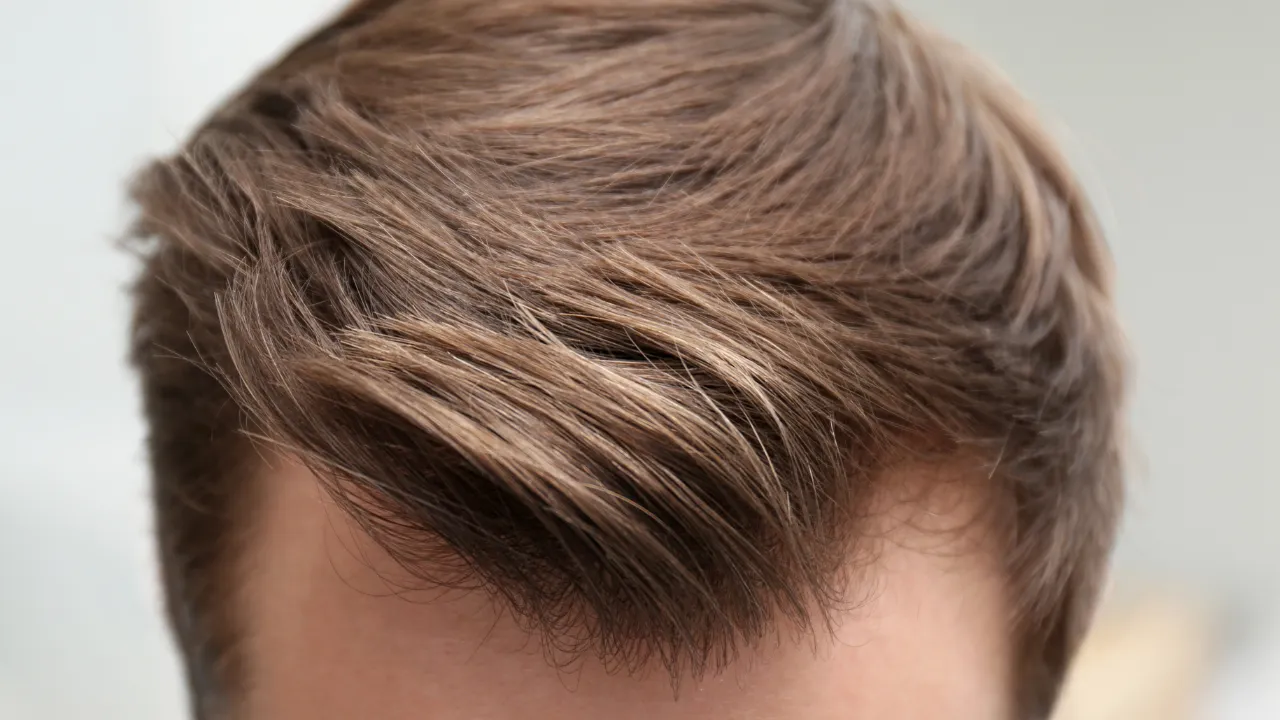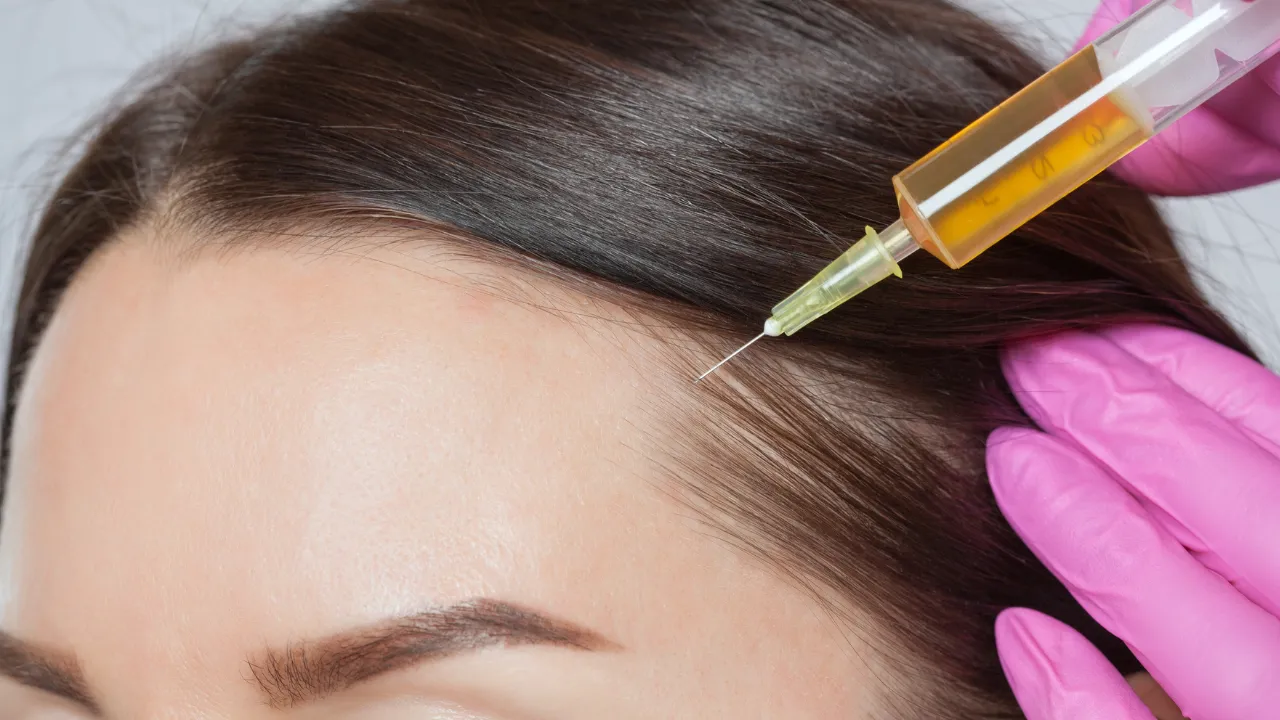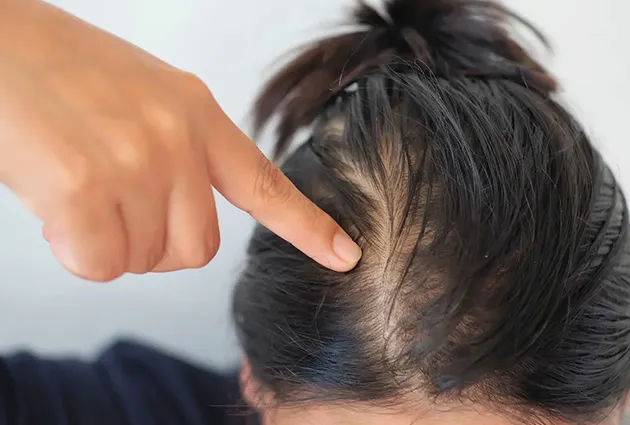Table of Contents
ToggleWhat Is the Newest Method of Hair Transplant?
Among modern techniques, DHI hair transplant is the newest and most refined. It uses a specialized pen-like tool that extracts and implants follicles in one motion, reducing trauma and speeding recovery.
DHI’s precision makes it ideal for restoring hairlines and filling small areas with density. However, it may not suit extensive hair loss due to time and cost.
Many people feel reassured when they see real examples of celebrities with hair transplants who have successfully restored their hairlines through modern techniques.
Understanding the Types of Hair Replacement Surgery
Hair replacement surgery moves healthy follicles from a donor area to thinning or bald spots. The types of hair transplant procedures include FUT (strip method), FUE (individual follicle extraction), and DHI (direct implantation).
Each method varies in technique, recovery, and results. Your lifestyle, budget, and expectations all play a role in choosing the right option.
FUE Hair Transplant: Benefits & Considerations
Among the most precise techniques available today is the DHI hair transplant in NYC, which allows direct implantation for faster recovery and natural density. FUE (Follicular Unit Extraction FUE) involves removing individual follicles from the donor site and placing them in areas affected by thinning hair. It leaves no linear scar, making it popular with patients who prefer short hairstyles.
Benefits include less visible scarring and faster recovery than FUT. However, FUE can be time-consuming and may require multiple sessions for full coverage.
DHI Hair Transplant: Advanced Precision Technique
The DHI hair transplant uses a Choi Implanter Pen to place grafts with precision. This reduces the handling of follicles, improving survival rates and accuracy.
DHI is ideal for refining hairlines or creating high density in small areas. It may be considered the best hair plantation option for patients wanting targeted, natural results.
FUT vs FUE Transplant: Key Differences
In a FUT vs FUE transplant comparison, the main difference is in how follicles are harvested. Follicular Unit Transplantation FUT removes a strip of scalp from the donor site, while Follicular Unit Extraction FUE removes grafts one by one.
The FUT procedure is often chosen by patients who need a high number of grafts in a single session and are less concerned about a linear scar. FUE is less invasive and preferred for minimal scarring.
What Is the Most Effective Hair Transplant Procedure?
Effectiveness varies by technique and the expertise of hair transplant surgeons. FUE and DHI are ideal for precise, natural-looking outcomes. FUT may be more effective for patients needing a high volume of grafts in one session.
What Is the Most Effective Hair Replacement Treatment?
Surgical hair transplants remain the most effective long-term option for treating hair loss. They use your own hair for permanent results. PRP and medications can support regrowth but don’t restore lost density.
When done by experts like Dr. Kopelman, transplants restore shape, direction, and fullness, making them one of the best hair implant options available.
Best Hair Replacement Procedure for Female Patients
Female hair loss is usually diffuse, unlike male pattern baldness. Depending on the strength of the donor area, FUE or DHI is often the best hair replacement procedure for female patients.
At Kopelman Hair, we evaluate scalp condition, hormonal influences, and density to select the best option for natural results.
Which Technique Offers the Best Hair Plantation Results?
Ideal Candidates by Method (Including Women)
FUT suits patients with advanced loss needing many grafts. FUE is best for mild to moderate loss. DHI is perfect for small, detailed areas. Women often benefit from FUE or DHI.
Candidates must have a healthy donor area and realistic expectations. A consultation will determine the most effective path forward.
Recovery Time, Scarring & Pain
FUE and DHI recoveries take around 7–10 days. FUT may take longer due to the incision. Discomfort is mild and manageable with basic medication. FUT leaves a linear scar, while FUE and DHI leave small dot scars. Skilled surgical techniques improve healing and reduce scarring.
If you’re concerned about post-surgery irritation, our guide on how to reduce redness after hair transplant offers practical tips to support healing and comfort.
Natural Look, Hair Density & Success Rates
DHI offers precise graft placement for high-density results in small areas. FUE also gives natural outcomes, especially when done by skilled surgeons.
FUT delivers high graft counts efficiently. Across all methods, success rates exceed 90% when performed by experts like Dr. Kopelman.
What to Expect After a Hair Transplant
Recovery depends on the technique but is generally quick. Transplanted hair sheds within weeks—a normal phase. New hair grows in 3–4 months, with visible results by 6 months. Full results appear by 12–18 months. Following post-op care is key to natural, lasting outcomes.
To better understand what to expect after surgery, explore our detailed hair transplant month by month timeline covering growth phases and recovery milestones.
Also, during the first months after surgery, many patients use specific hairstyles to cover thinner zones. Our haircuts for balding men guide shares easy styles that help you look natural during recover
Cost & Long-Term Effectiveness of Hair Replacement
How Many Grafts Do You Really Need?
Graft numbers vary by case. Around 1,500–2,000 grafts may restore a hairline; 3,000–4,000 might be needed for the crown. Kopelman Hair offers detailed planning during consultations to ensure optimal coverage.
How Much Do 3,000 Hair Grafts Cost in the USA?
A 3,000-graft hair transplant can cost $8,000–$15,000 in the U.S., depending on the method and clinic expertise. DHI costs more due to the tools and time required.
At Kopelman Hair, pricing is transparent and based on your personalized treatment plan.
Hair Transplant Cost: Key Factors to Consider
Cost is affected by:
- Graft count
- Technique (FUT, FUE, DHI)
- Surgeon expertise
- Clinic location
Despite initial costs, long-term results make transplants more cost-effective than temporary treatments.
DHI Hair Transplant Cost vs FUE & FUT
DHI hair transplant cost is higher due to precision tools and longer sessions. FUE costs slightly less, and FUT is often most affordable per graft.
Patients should weigh cost against density goals, downtime, and aesthetic preferences.
Are Hair Implants Permanent?
Yes, hair implants are permanent because donor follicles resist hair loss. Transplanted hair grows naturally over time. Some patients use medications or PRP to support nearby hair, but the implanted grafts last for life.
Risks, Side Effects & Safety of Hair Transplants
Common Hair Transplant Side Effects Explained
Side effects include redness, swelling, and mild itchiness. These usually resolve within days. In rare cases, follicle shock loss or infection may occur, but proper technique and aftercare can prevent them.
How to Minimize Complications and Ensure Safe Results
To reduce risks:
- Choose an experienced surgeon
- Follow post-op instructions
- Avoid smoking and heavy activity after surgery
Dr. Kopelman’s meticulous approach and advanced tools ensure safer, more predictable outcomes.
How to Choose the Best Hair Transplant Clinic
Evaluating Experience, Technology & Trust
Look for:
- Certified, experienced surgeons
- Modern technology (e.g., DHI tools)
- Proven patient outcomes
Kopelman Hair combines decades of expertise with cutting-edge methods to deliver natural, lasting results.
Questions to Ask Before Committing
Ask your surgeon:
- Which method suits me best?
- How many grafts will I need?
- What’s included in the cost?
- What’s the recovery process?
Asking these questions helps set expectations and build trust with your clinic.
Finding the Right Hair Restoration Procedure for You
Choosing the best hair replacement procedure requires expert advice and careful evaluation. Depending on your hair loss pattern and goals, FUE, DHI, and FUT all offer unique strengths.
At Kopelman Hair, we guide each patient through a tailored approach that restores confidence and achieves long-term, natural results. Schedule a consultation now.







